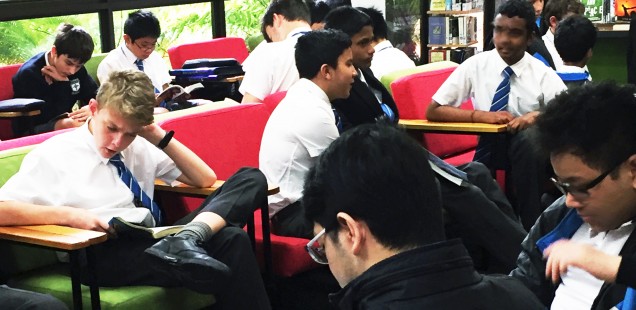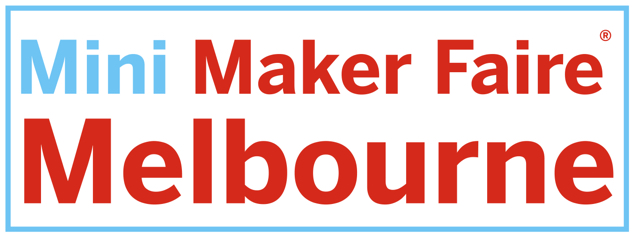At this time of year the focus is on reading as we celebrate Children’s Book Council of Australia (CBCA) Book Week. It’s a time for author visits to schools, writing workshops, dressing up in favourite storybook characters – all with the purpose of developing a love of reading in our students. In a world driven by technological developments that are changing the nature of future employment, the ability to read is an absolute necessity. The joy it brings is a bonus.
But how far do we go beyond dressing up and celebrating for this one week of the year? How do we engage parents as key stakeholders in this process? A movement in Sydney, Street Library Australia which is based on the US group Little Free Libraries aims to make reading front and centre by bringing it into family gardens. Family involvement is key to a child’s success as a reader as its at home that habits are formed and established.
The National Library of New Zealand in their Services to Schools provide and excellent resource to support reading both at school and at home. Included on the site is Reading for Pleasure – a Door to Success where they advocate:
The benefits of reading for pleasure are far reaching. Aside from the sheer joy of exercising the imagination, evidence indicates reading for pleasure improves literacy, social skills, health and learning outcomes. It also gives people access to culture and heritage and empowers them to become active citizens, who can contribute to economic and social development.
This site tackles reading from all angles and brings a bounty of resources together in the one place. It well worth exploring in depth. Every child is a reader – it’s not an option.










